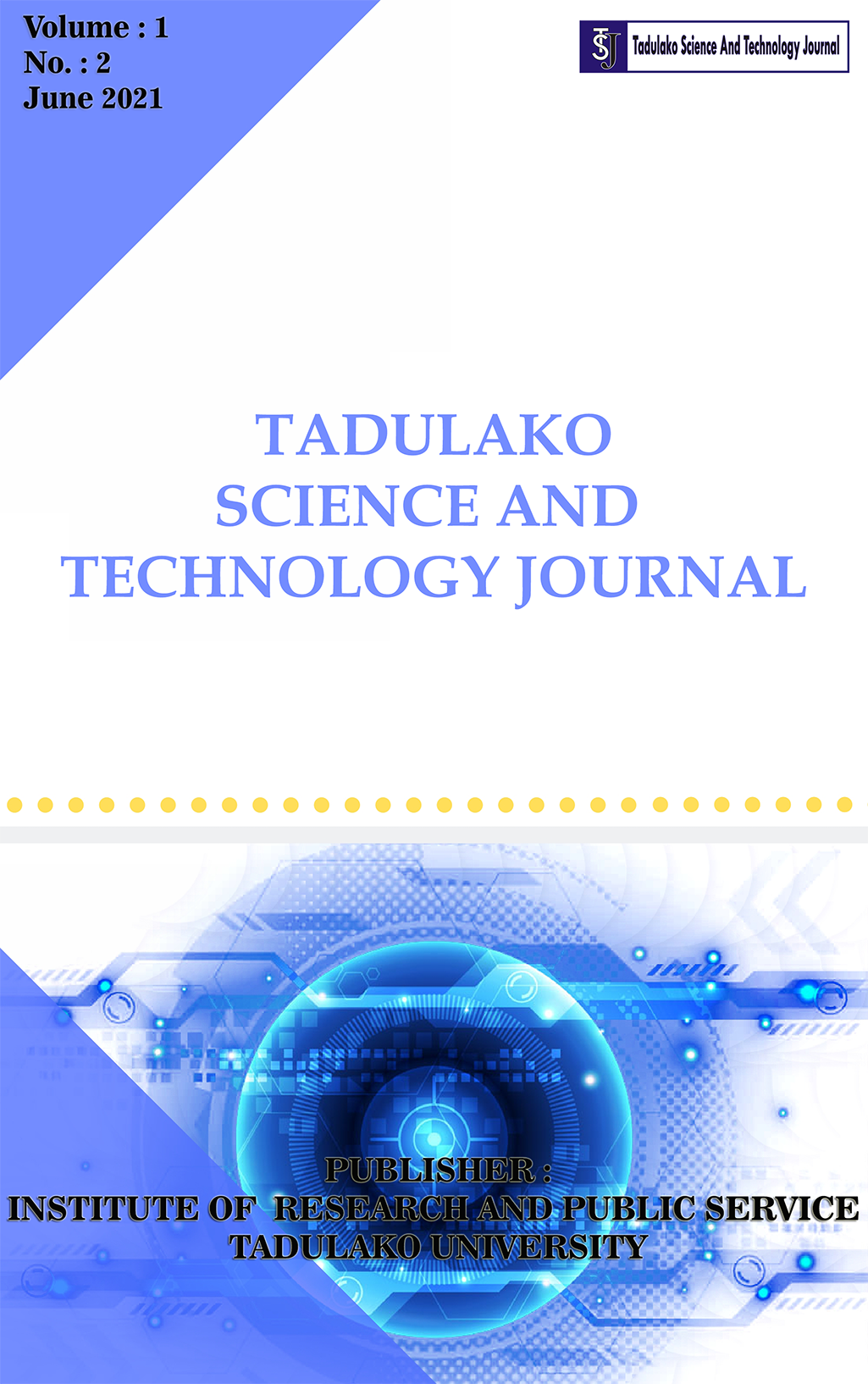Main Article Content
Abstract
Introduction: Research has been carried out with the title "Geometry of Fault Model Subsurface Based on Resistivity Data (Laboratory case)" with the aim of testing the effectiveness of the geoelectric method for identifying the geometry and direction of fault alignment, as well as knowing the geometry and direction of fault alignment based on resistivity data. Method: This research uses the Wenner configuration with azimuthal measurement techniques, totaling 24 electrode measurements. Data processing uses Res2dinv software release 3.53. Results and Discussion: The results obtained show the effectiveness of the geoelectric method in identifying fault-type obstacles, it is more appropriate to carry out measurements in parallel and perpendicular directions of the fault model. Conclusion: Then the fault geometry model obtained shows that the normal fault model has a resistivity value of 309 - 2254.26 Ωm and the thrust fault model has a resistivity value of 100 - 467.26 Ωm which is the resistivity value of granite, where this layer is a model of the fault.
